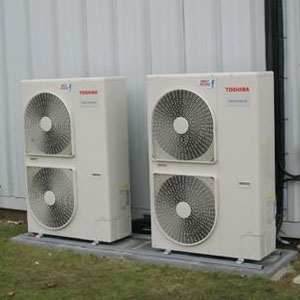
Resources
- Home
- About Air Cooling Systems
- Air Conditioner Pre Cooling System
- Air Cooling System
- Air Cooling System Design
- Air Cooling System In Automobiles
- Air Cooling System Reviews
- Air Cooling Systems FAQs
- Air Cooling Systems For Homes
- Air Cooling Systems For Offices
- Air In Cooling System Symptoms
- Car air Cooling System
- Car Air Cooling System
- Compressed Air Cooling System
- Cooling Air System
- Engine Air Cooling System
- Forced Air Cooling System
- Forced Air Heating And Cooling System
- Gas Turbine Inlet Air Cooling System
- How Do Air Cooling Systems Work
- Simple Air Cooling System
- Types Of Air Cooling Systems
- Underground Air Cooling System
- Where To Buy An Air Cooling System
Air In Cooling System Symptoms
Based upon the quality of air in cooling system, symptoms of any problem in the overall cooling functioning of an industrial compressed air cooling unit can be easily understood.
Use of Air in Cooling System: Symptoms of Problems in Compressed Air Cooling Units Decoded
Before understanding the problems that can affect a compressed air cooling unit, it is vital to get acquainted with the basics of this cooling process. The concept used in industrial cooling systems is that of dissipating heat. This can be achieved in two ways.
Firstly, the object that has to be cooled is rendered a bigger surface area. For instance, in many industrial processes the cooling surface is enhanced by adding fins. These are essentially structural enhancements that raise the overall surface area of the object, there helping it in losing heat quickly.
The other way of achieving the cooling is to blow air onto the object that should be cooled. The air that is used for such cooling purposes is sourced from the main industrial process itself. This is air that is sourced in the form of compressed air. Since this air is used for cooling purposes, this process of using compressed air for cooling is referred to as Compressed Air Cooling. The use of Compressed Air Cooling is regarded as the superior and more efficient choice and is adopted by the energy-conscious industrial units. When any problem in the cooling efficiency of such a unit is indicated, it is derived that there is some flaw in the compressed air cooling system.
Understanding Air in Cooling System Symptoms with an Example: Effect of Air Intake Temperature
All of the modern compressed air cooling systems use high-performance compressors. These compressors need the air to be introduced within them in a particular form. If the quality of intake air is compromised, the compressor performance too is likely to suffer. Apart from dryness of the air or the absence of moisture in the compressed air, the temperature of the intake air is of paramount importance.
As a general rule, the temperature of the intake air should be much lower than the temperature maintained within the compressor. This ensures controlled condensation of air and steady hot-air intake. While contaminated intake air can lower the compressor performance, intake air of inappropriate temperature range can cause loss of heat energy apart from raising the overall maintenance costs.
Please note that moisture, dust and other kind of contaminants can alter the temperature of the intake air. This means that the compressor is pushed beyond its usual working capacity that further increases the working pressure on its components such as the valves, rotors, impellers and vanes, reducing the industrial life of such expensive constituents.
Preventing Air in Cooling System Symptoms
By maintaining the quality of air in cooling system, symptoms that can eventually turn into a long-term, damaging problem can be prevented. There are some maintenance practices that can dramatically raise the level of efficiency of the compressor system. These are rather important since the compressor performance alone is responsible for largely dictating the quality of air in compressed air cooling systems. These include:
- Lubrication—the oil pressure should be checked periodically. Often, the oil filter needs to be changed on a monthly basis if the air entering the compressor tends to be polluted or contaminated with chemical contaminants.
- Air Filters—the inlet air filter is prone to getting clogged easily. This is particularly true for compressed air cooling systems established in dusty environments. Such filters should be regularly checked and replaced.
- Condensate Traps—when trying to establish the quality of air in cooling system, symptoms induced by condensate traps are usually overlooked. Condensate traps are responsible for gathering and eliminating the condensate or the debris produced from the cooling. These traps are fitted with float-operated valves. Manual condensate traps are more difficult to handle since they need periodic, manual checking.
